Mitsubishi, one of the most established automakers based in Japan, unexpectedly pulled the plug of its Lancer model, which made a name for itself in the industry from 1970 to 2016. Having won degrees in many international races, Lancer said goodbye to the automotive industry in 2016 with the Evolution X model. Behind this move by Mitsubishi lies the idea of focusing on new generation hybrid, electric and SUV models.
Mitsubishi, which was included in the automotive sector in Japan in 1870, started to operate in Turkey after the agreement with TEMSA in 1984. Unlike the giant brands of the automotive industry, Mitsubishi, which is not a sub-brand, continues to cooperate with many brands, especially well-established companies such as PSA and Daimler-Chrysler as an independent brand. One of the most popular models of the company, which we all know closely. lancer was the model.
To understand the current absence of Lancer, it is necessary to focus on Mitsubishi’s fundamentals. Mitsubishi, which launched its first car, the Model A, in 1917, announced the Lancer, the model that would write its name in motor sports in gold letters in 1970. Mitsubishi LancerWhen it became the winning model of the Safari Rally held in those years, it had indicated that it would become one of the most influential automobile models in history. The first generation Lancer had a place in the industry as a compact sedan. Lancer, which was a standard car model at that time, became the leading role of a success story over the years.
Why was the Mitsubishi Lancer series discontinued?
The long-established series Lancer, which was produced from 1970 to 2016, became one of the star names of the automotive industry with its 10 Evolution models. The last production of Lancer, which has managed to make its mark in motor sports many times, was with the Evolution X in 2016. Mitsubishi changed its mission in order to catch up with the new generation automobile understanding and ended the production of the Lancer series. The reason for this move is the brand’s SUV, focus on hybrid and electric car production he didn’t want.
Today, Mitsubishi Motors continues its life as a giant brand that accounts for 10% of Japan’s Gross Domestic Product. The goal of the company’s current CEO, Osamu Masuko, is big. European countries one by one now that it’s starting to ban fossil fuels to transform production. For example, Volkswagen will focus all of its production on vehicles with electric motors by 2035.
The birth of the Mitsubishi Lancer and the Lancer Evolution:
A few years after its debut on the band in 1970, it achieved honors in the Southern Cross Rally with its 1600GSR version in 1973. Mitsubishi LancerIn 1992, it was introduced to the consumer with the version called Evolution I. Evolution I was the first step in an adventure that would last until 2014.
Lancer Evolution I:
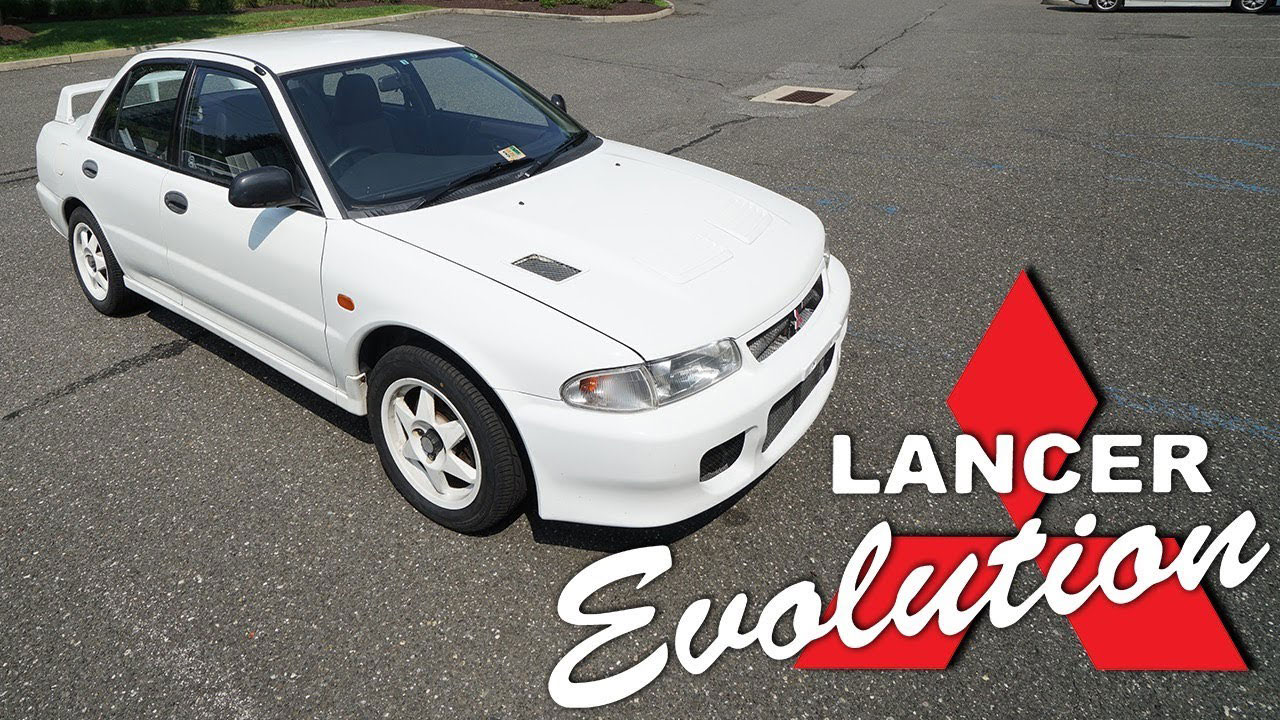
Launched in 1992 as an all-wheel drive car, the Evolution I had a 2-liter engine and all-wheel drive. This car, which can produce 244 HP, was produced with two different equipment, GSR and RS. The RS equipment did not include luxury options such as power seats and windows, ABS braking system. This was because the RS was fully prepared for racing. The GSR, on the other hand, was a comfort-oriented car, in contrast to the RS, and had many technological features, including automatic air conditioning. Evolution I reached the sales threshold of 5,000 units until 1994.
Lancer Evolution II:
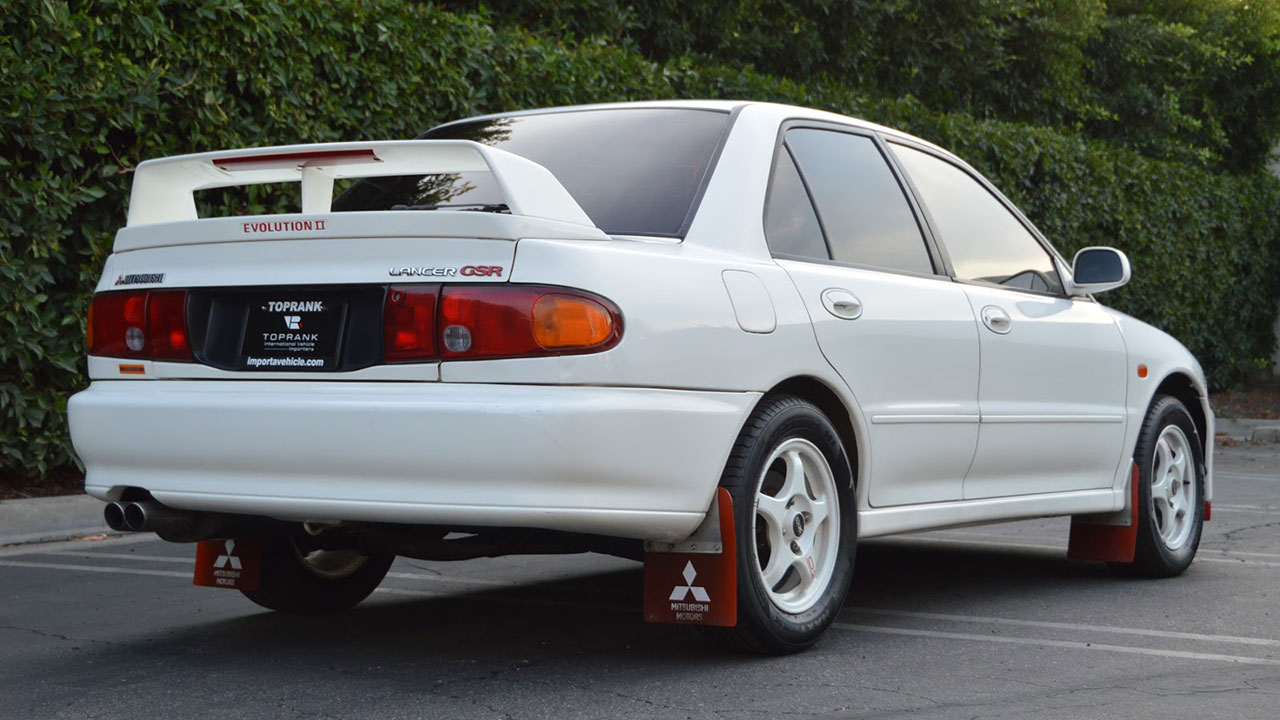
After the Evolution I, which was on the market from 1992 to 1994, the Evolution II, which was released in 1994, was introduced as an improved version of the first model. With a smaller wheelbase and wider tires, this model carried a 50-liter fuel tank. The Evolution II could produce 252 HP.
Lancer Evolution III:
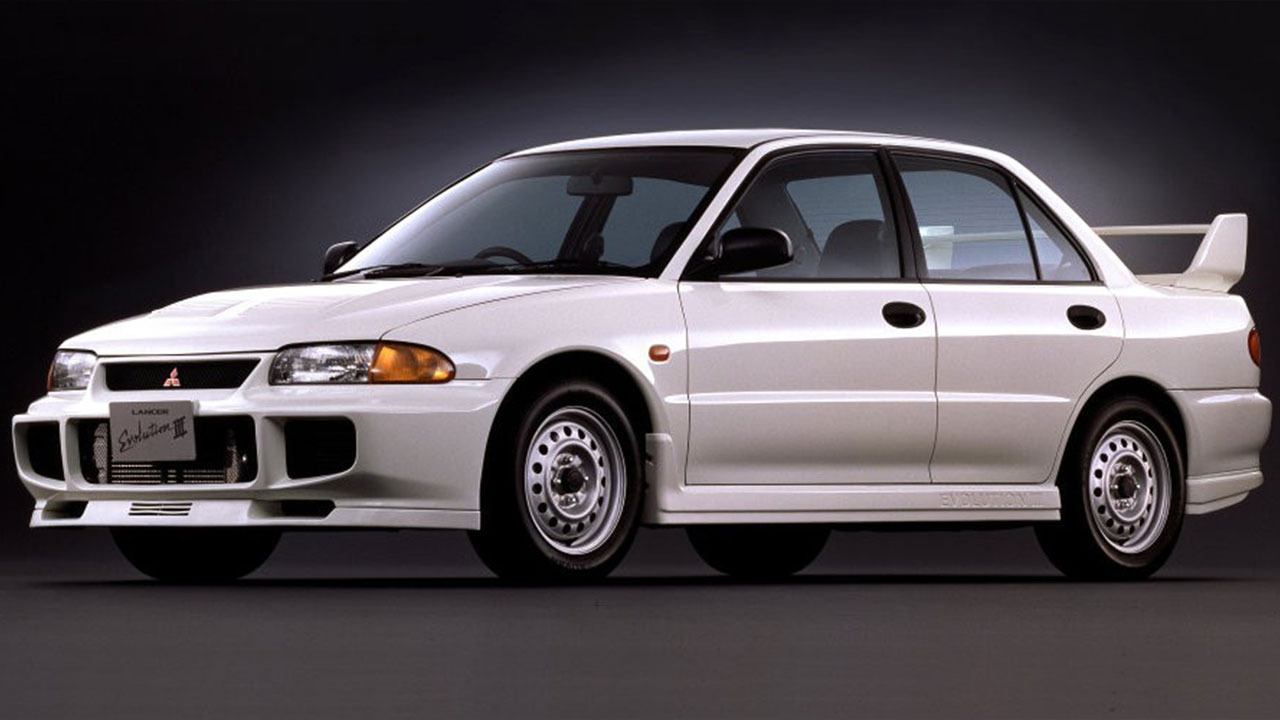
Evolution III, which was offered to the consumer after the Evolution II, which remained in production for only 1 year, contained improved radiators, coolers and brakes. The model, which also had new parts additions to have a more aggressive design compared to other models, had an engine that could produce 270 HP.
Lancer Evolution IV:
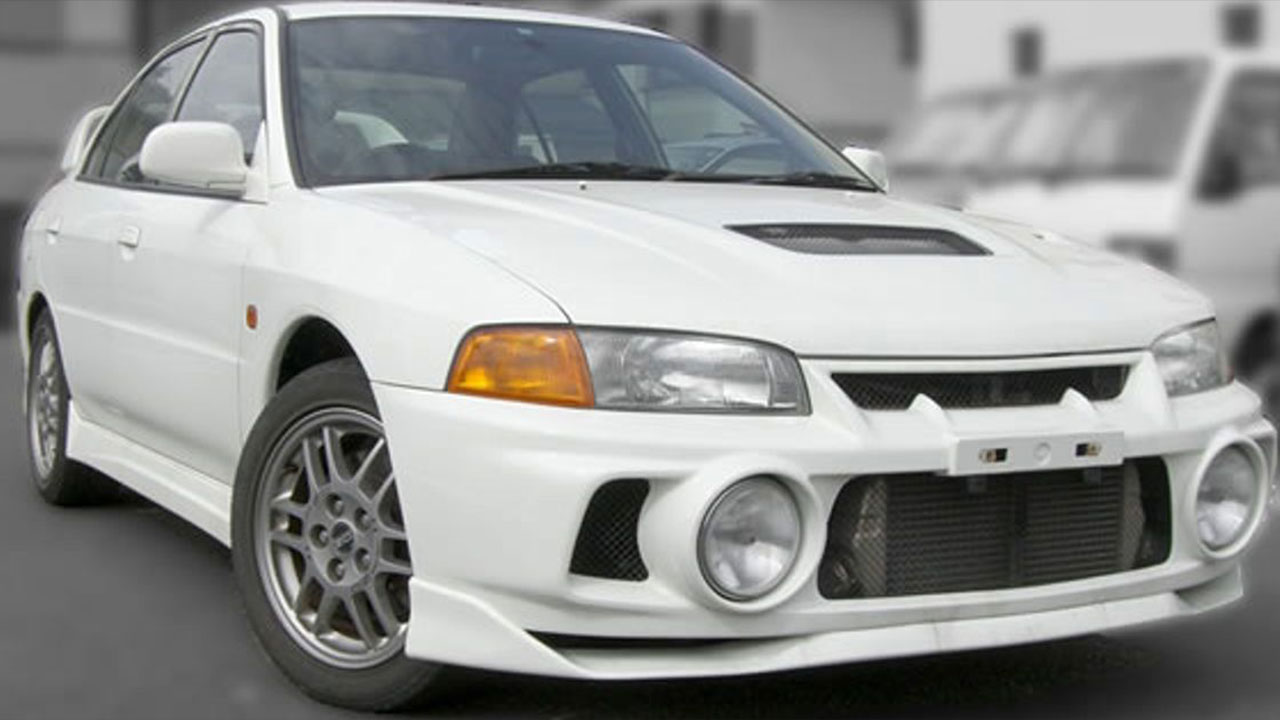
Launched in 1996, the Evolution IV became a series that multiplied the worldwide popularity of the Lancer model. As in the previous models, the model, which was launched with two equipment, RS and GSR, was offered to the user with 16-inch wheels. The engine of the Evolution IV could produce 276 HP.
Lancer Evolution V:
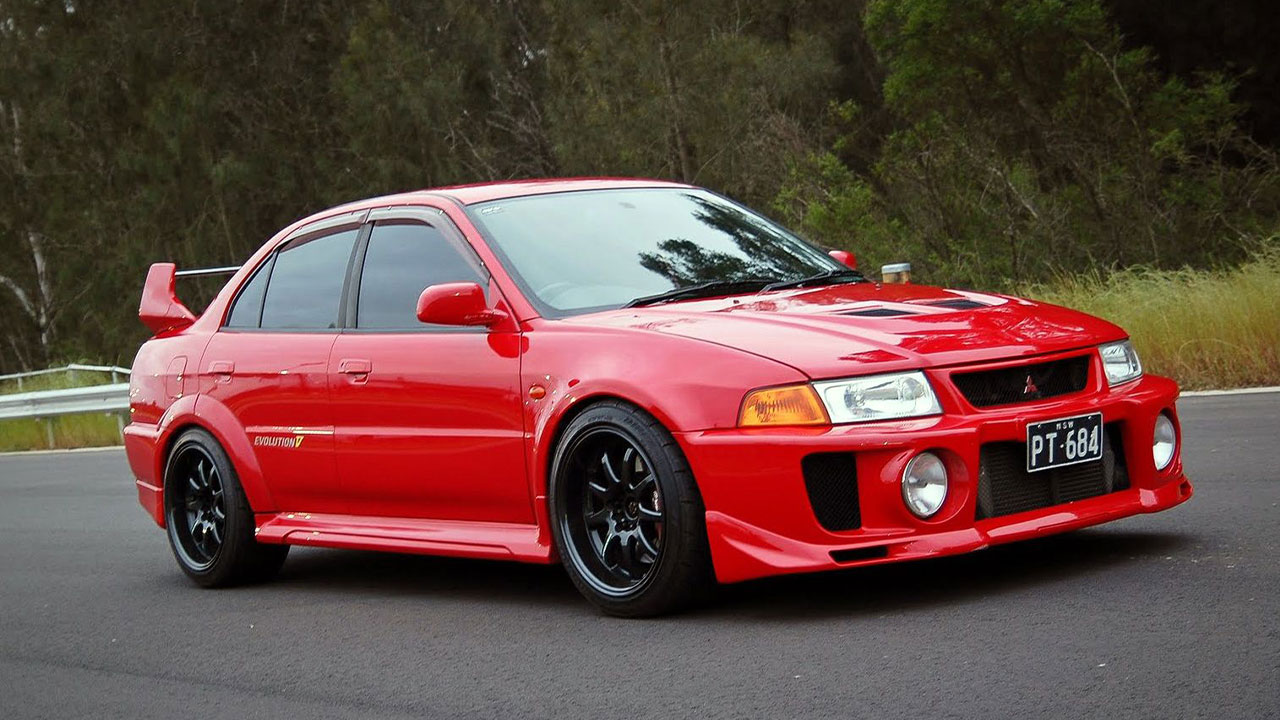
With the introduction of the World Rally Car class in 1998, Mitsubishi redesigned the Lancer Evolution IV and introduced the Evolution V. New generation Recaro seats were installed on the GSR version, while aluminum wings were used on the back. To give the brake system a Brembo upgrade, the rim size has been changed from 16 to 17 inches. With these changes, Lancer Evolution has been removed from the compact sedan class and has been subject to a tax increase in this context.
Lancer Evolution VI:
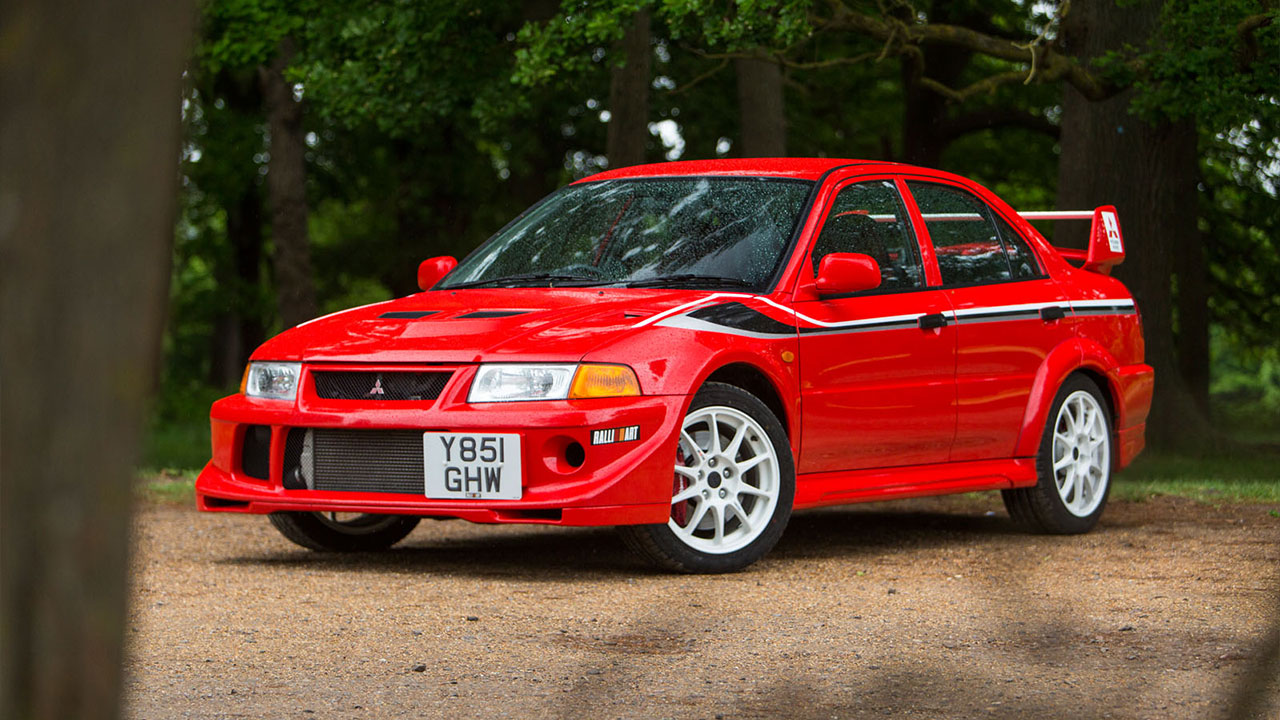
Evolution VI, which was intended to be more durable and more successful in cooling than the previous series, featured larger coolers and a new piston. Evolution VI, which has an engine that can produce 373 nM of torque and 276 HP, has been modified with a new chassis due to the changes in its engine. With this model, unlike the previous series, Evolution, which has RS2 hardware, succeeded in creating a class between the RS2 hardware and the GSR and RS hardware.
Lancer Evolution VII:
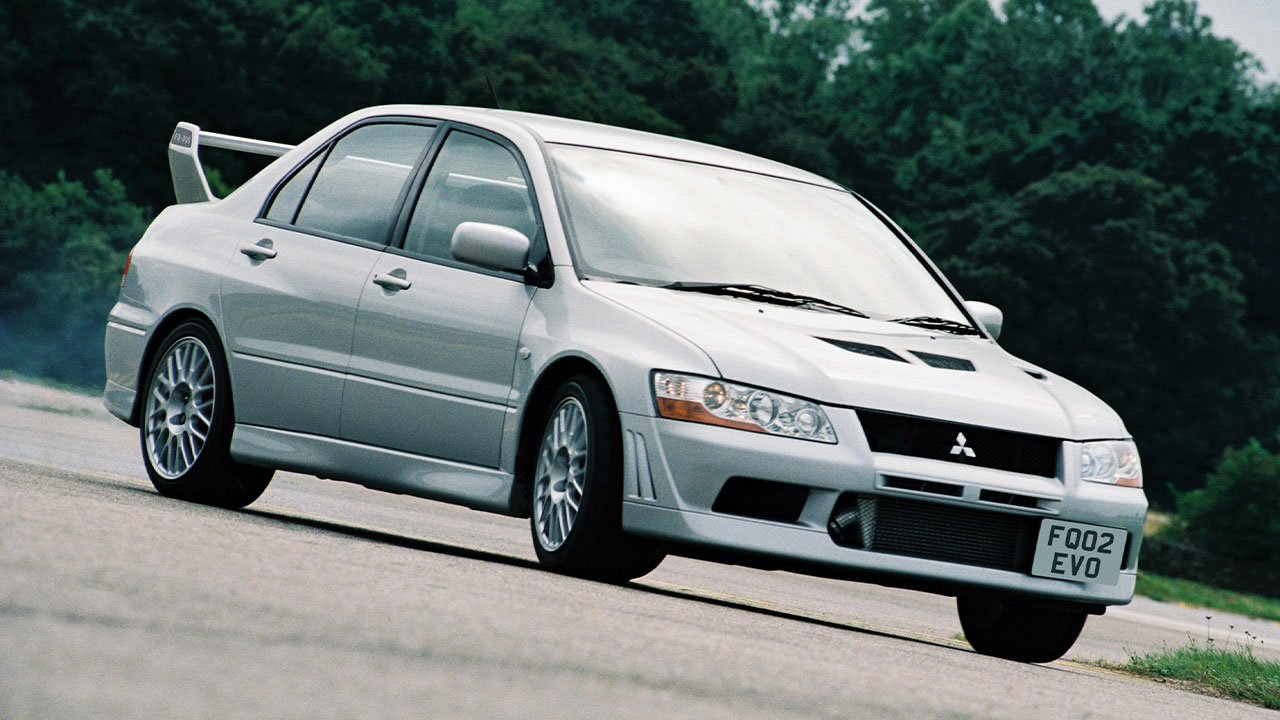
Evolution VII, the newest Evolution model released in the 2000s, was introduced as a model with new technologies. The horsepower of the model, which produced 385 nM of torque, remained the same as the previous models. However, Evolution VII, which carries GT-A equipment in addition to GSR, RS and RS2 equipment, promised automatic transmission in this equipment. The Lancer Evolution VII was the model used by Brian O’Conner in the movie Faster, Furious. The version of the model in the movie was lighter and stronger than the factory version.
Lancer Evolution VIII:
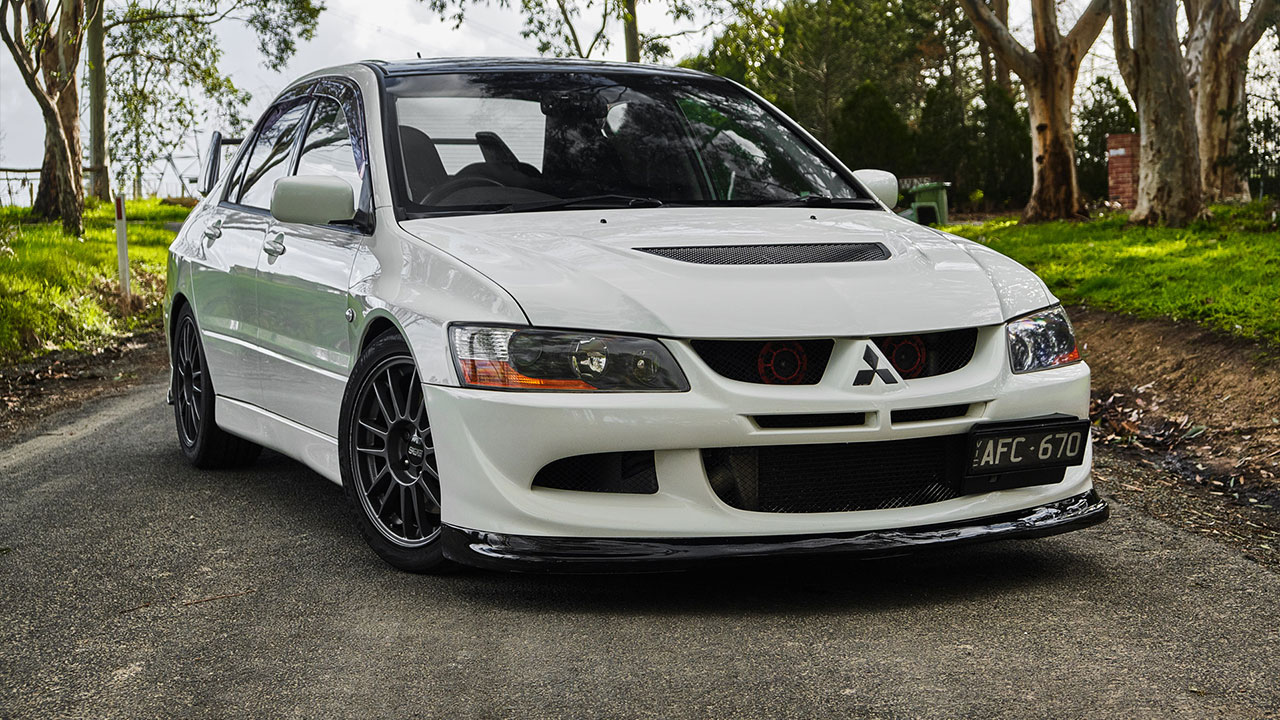
Evolution VIII, which had Brembo brakes, Bilstein shock absorbers and a 5-speed manual transmission, produced 276 HP. Contrary to the main model, the series, which launched with 4 different models, FQ300, FQ320, FQ340 and FQ400, produced 481 nM torque and 405 HP power in the FQ400 model. Another feature of the model was that it was used by the character Sean Boswell in the movie Fast and the Furious: Tokyo Drift.
Lancer Evolution IX:
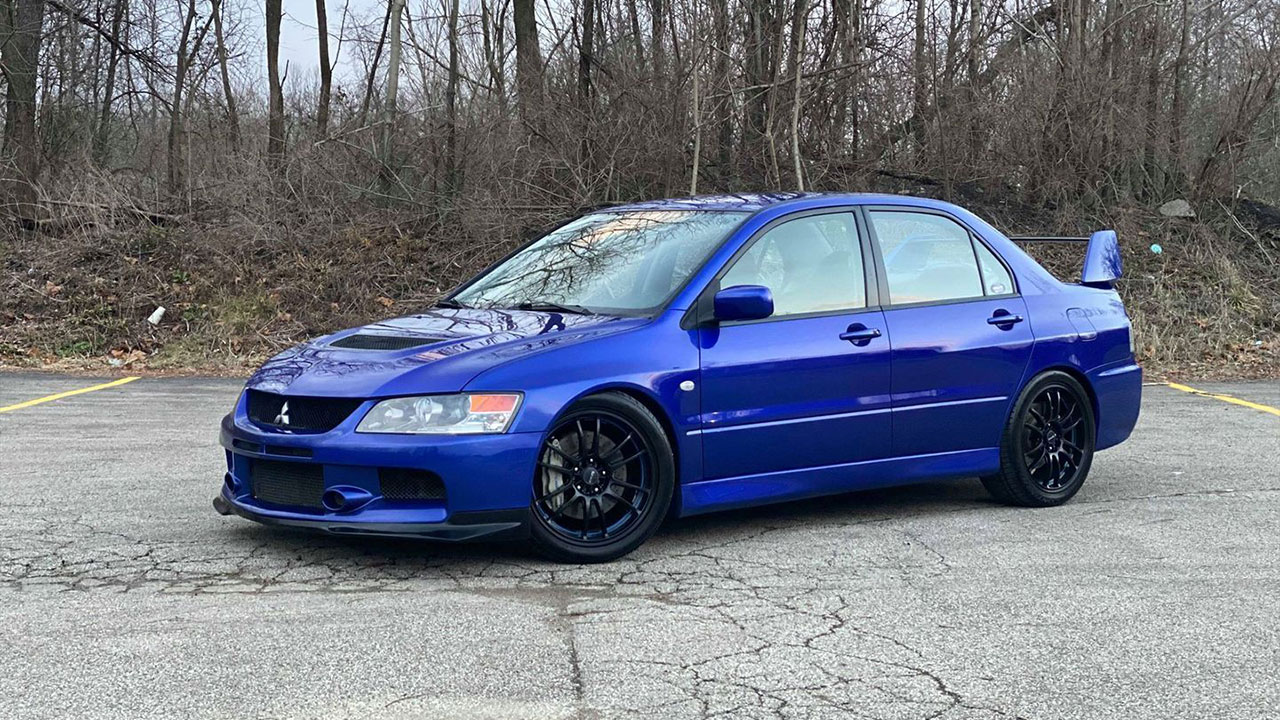
The Evolution IX, which remained in production between 2005 and 2007, was also launched in Europe and North America during the same period. Evolution IX, which produces 392 nM torque and 287 HP with its 2-liter engine, was equipped with a Station Wagon exclusive to Japan, and only 2,500 cars were produced with this equipment.
Lancer Evolution X:
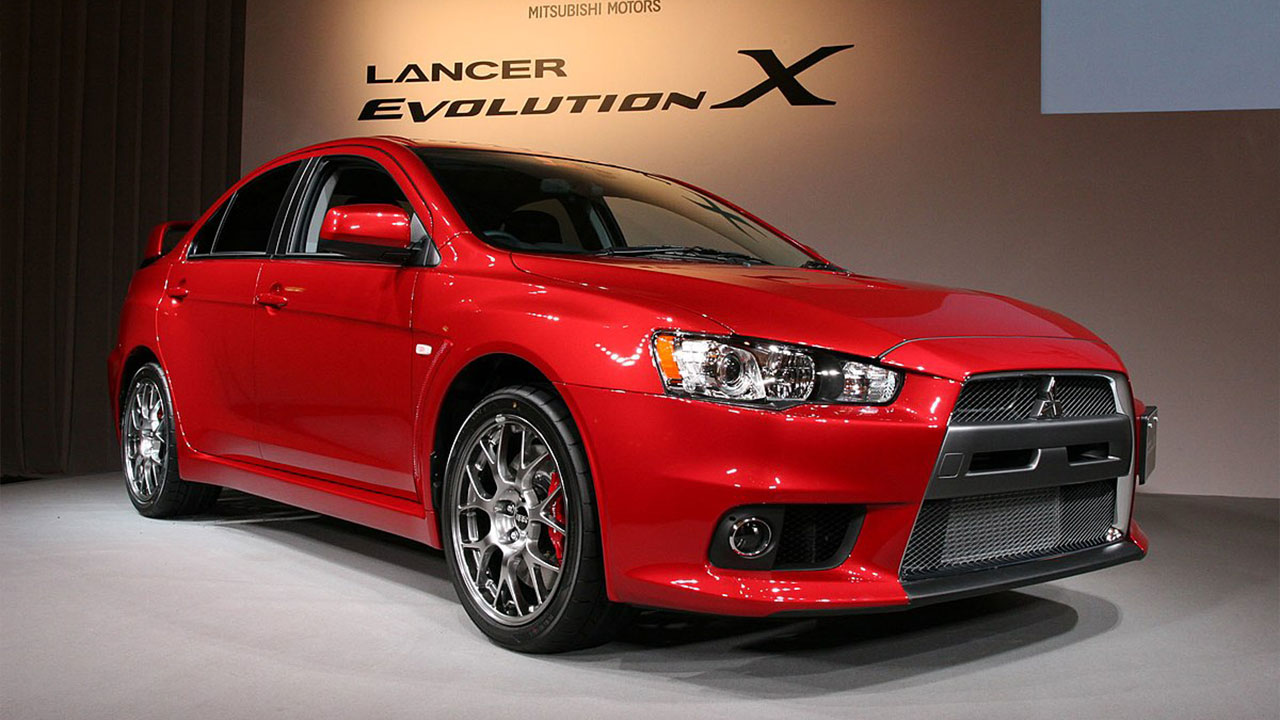
Launched with a completely modern design concept, Evolution X had a 4-cylinder 2-liter engine. It is also worth remembering that the car with a 6-speed semi-automatic transmission is 4-wheel drive. What made the Evolution X special was that it was the last model of the Evolution series.
